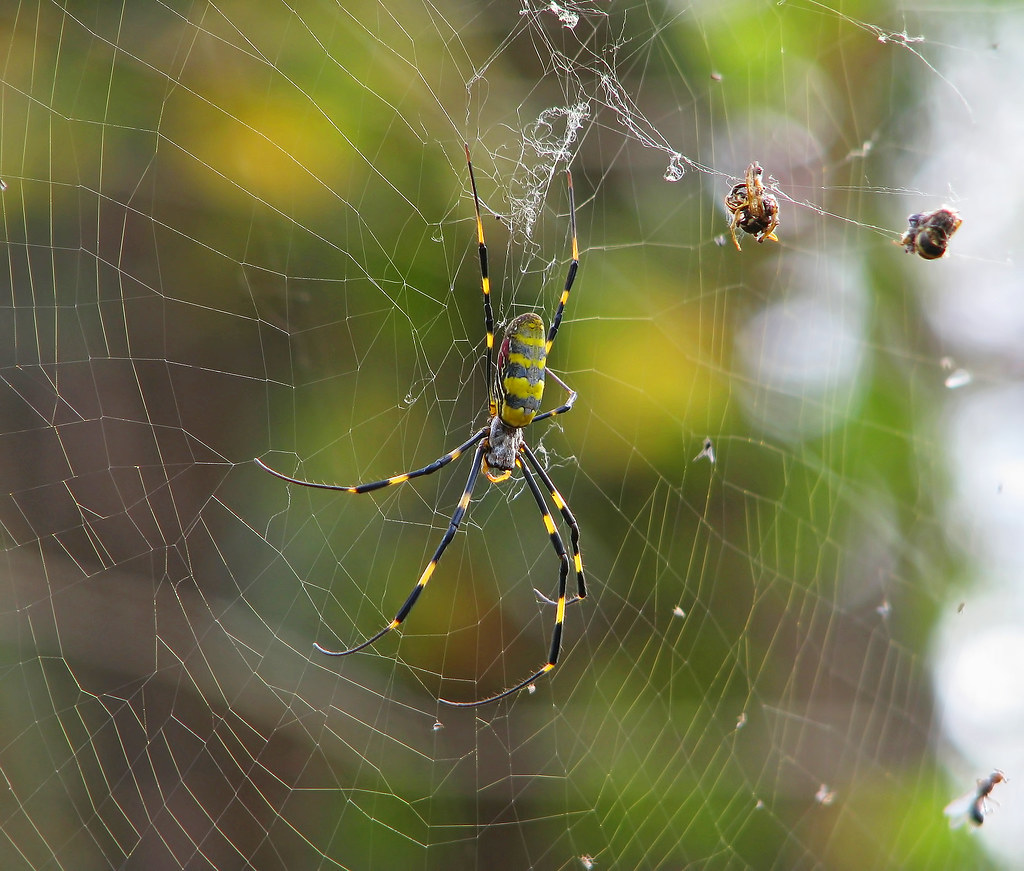Across the southeastern United States, an unexpected visitor has been weaving its way into backyards, gardens, and forests with remarkable speed. This isn’t your typical house spider hiding in dark corners—it’s a brilliant yellow arachnid that’s impossible to miss, creating massive webs that shimmer like golden tapestries in the morning sunlight. The Joro spider has arrived, and its rapid expansion across the region has sparked both fascination and fear among homeowners who suddenly find their porches adorned with intricate silk masterpieces. What many don’t realize is that this foreign invader might actually be doing us more good than harm, challenging everything we thought we knew about introduced species.
Meet the Joro Spider: A Golden Giant from Across the Pacific
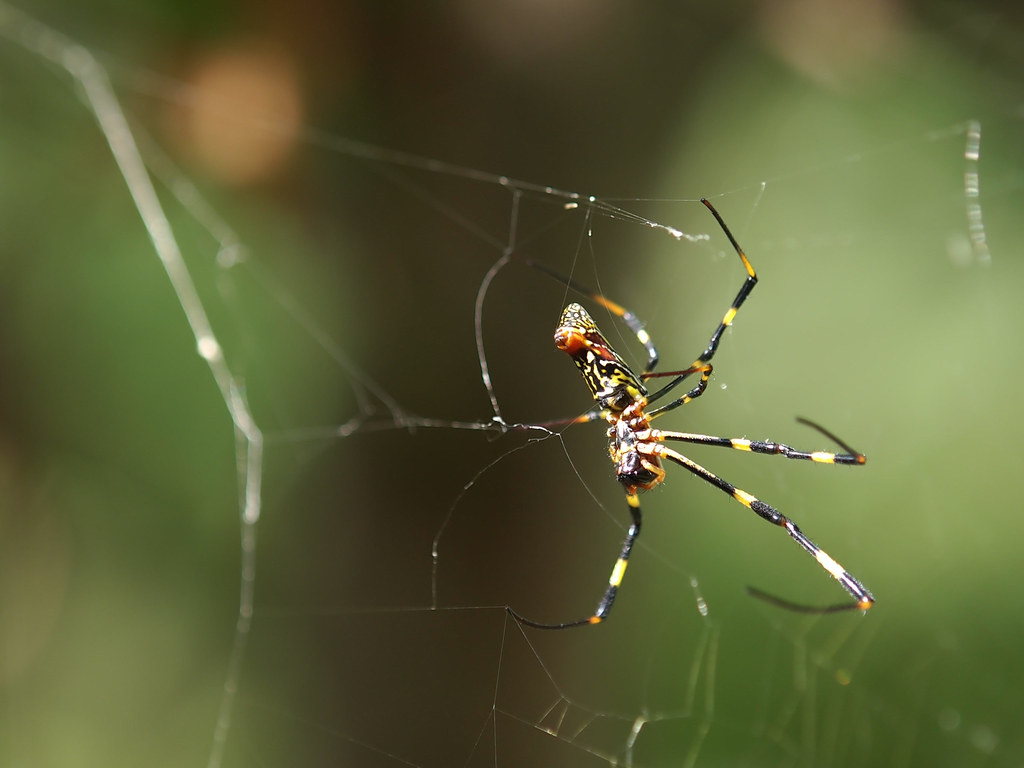
The Joro spider, scientifically known as Trichonephila clavata, stands out like a living jewel against the backdrop of American landscapes. Females can grow to impressive sizes, with their bodies reaching up to an inch long and leg spans stretching nearly four inches across. Their vibrant yellow and black striped abdomens, accented with splashes of red, make them look more like exotic ornaments than typical backyard spiders.
Originally native to East Asia, including Japan, Korea, and parts of China, these spiders have adapted to climates remarkably similar to the southeastern United States. Their webs can span up to 10 feet in diameter, creating semi-permanent structures that often persist for weeks. Unlike many spider species that rebuild their webs daily, Joros invest considerable energy into maintaining and expanding their golden fortresses, making them highly visible residents in their new American homes.
The Incredible Journey: How These Spiders Crossed an Ocean

The story of how Joro spiders made their way to North America reads like something out of a nature documentary. Scientists believe these eight-legged travelers hitched rides on cargo ships, tucked away in shipping containers filled with goods from Asia. The first confirmed sighting in the United States occurred in Georgia around 2013, though they may have arrived several years earlier without being properly identified.
What makes their journey even more remarkable is their ability to “balloon”—a process where young spiders release silk threads into the wind and literally fly through the air. Some Joro spiderlings can travel hundreds of miles this way, explaining their rapid spread across state lines. This natural dispersal method, combined with their hardy nature and adaptability, has enabled them to establish populations far beyond their initial landing zones.
Speed of Conquest: Mapping the Joro Spider’s American Expansion
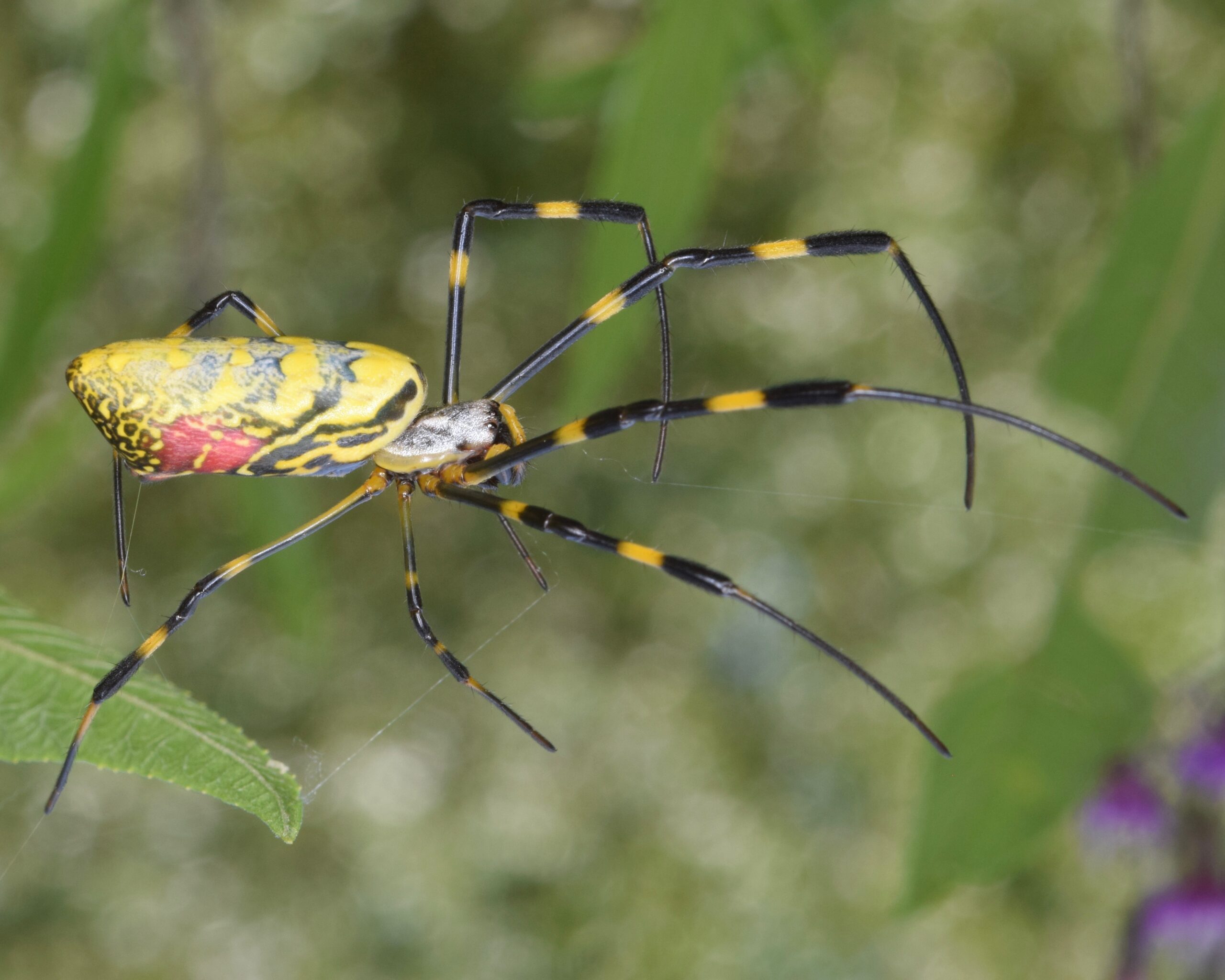
The rate at which Joro spiders have colonized the Southeast is nothing short of extraordinary. From their initial foothold in Georgia, they’ve now been documented in North Carolina, South Carolina, Tennessee, Alabama, and parts of Kentucky and West Virginia. Each year, their range expands by an estimated 50 to 100 miles, suggesting they could potentially reach most of the eastern seaboard within the next decade.
Researchers tracking their movement patterns have discovered that highways and urban corridors serve as superhighways for spider dispersal. The vibrations from passing vehicles can trigger ballooning behavior in young spiders, while shipping routes continue to facilitate long-distance jumps. Some scientists predict that Joro spiders could eventually establish populations as far north as New York and as far west as Oklahoma, depending on climate conditions and available habitat.
Web Architecture: Engineering Marvels in Your Backyard
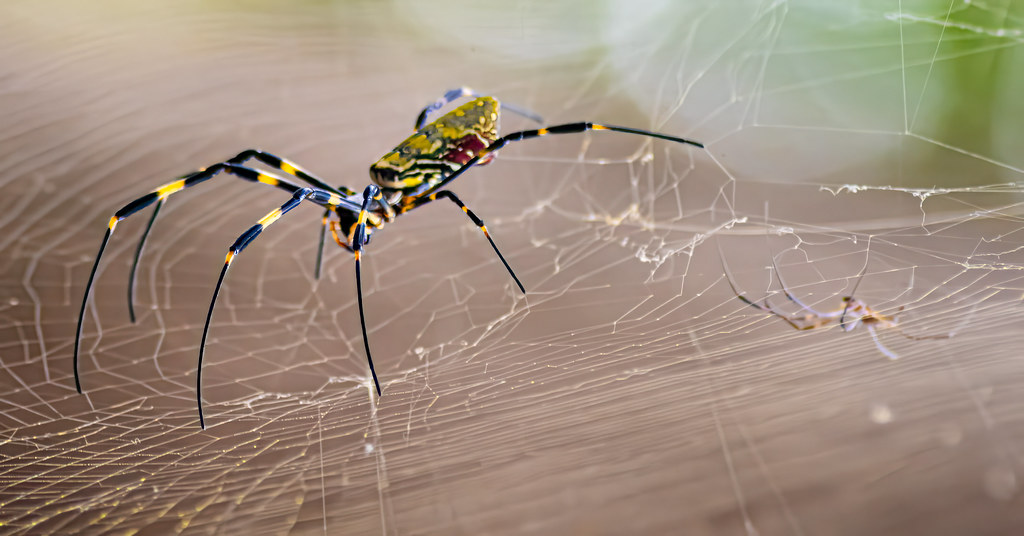
Joro spider webs represent some of the most sophisticated architecture in the natural world. These aren’t simple circular orb webs—they’re complex, three-dimensional structures with multiple layers and specialized zones. The main orb web serves as the primary hunting ground, while auxiliary threads create a protective barrier and early warning system for approaching prey or threats.
The silk itself possesses remarkable properties that have captured the attention of materials scientists. Joro spider silk demonstrates exceptional strength-to-weight ratios, sometimes stronger than steel of equivalent thickness. The distinctive golden color comes from unique proteins in the silk that may provide UV protection and make the webs more visible to birds, potentially reducing accidental collisions. These webs can remain functional for weeks, requiring only minor repairs rather than complete reconstruction.
The Menu: What Joro Spiders Are Actually Eating
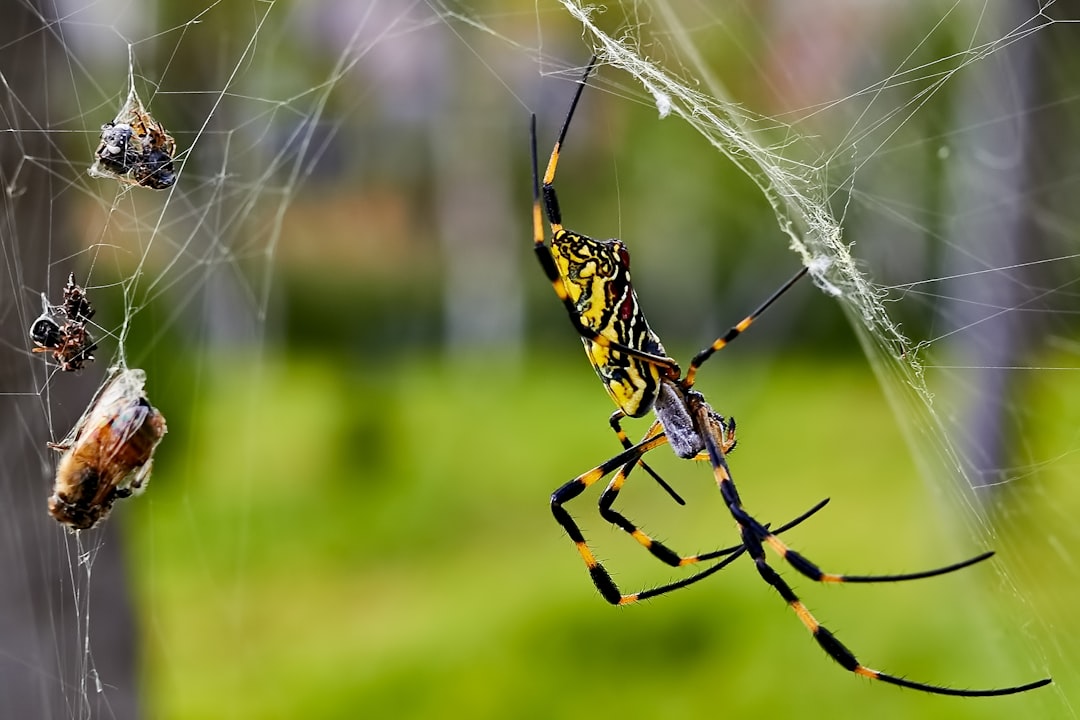
Contrary to fears about these large spiders, Joro spiders are actually providing a valuable pest control service that most homeowners would pay good money for. Their diet consists primarily of flying insects that many humans consider nuisances: mosquitoes, flies, gnats, agricultural pests, and even invasive species like brown marmorated stink bugs and spotted lanternflies.
Studies of web contents have revealed that a single Joro spider can capture and consume dozens of insects per day during peak season. They’re particularly effective at catching insects that other native predators might miss, including night-flying species that are drawn to artificial lights. This voracious appetite for pest insects means that areas with established Joro populations often experience noticeable reductions in biting insects and agricultural pests.
Bite Myths Debunked: The Truth About Joro Spider Venom
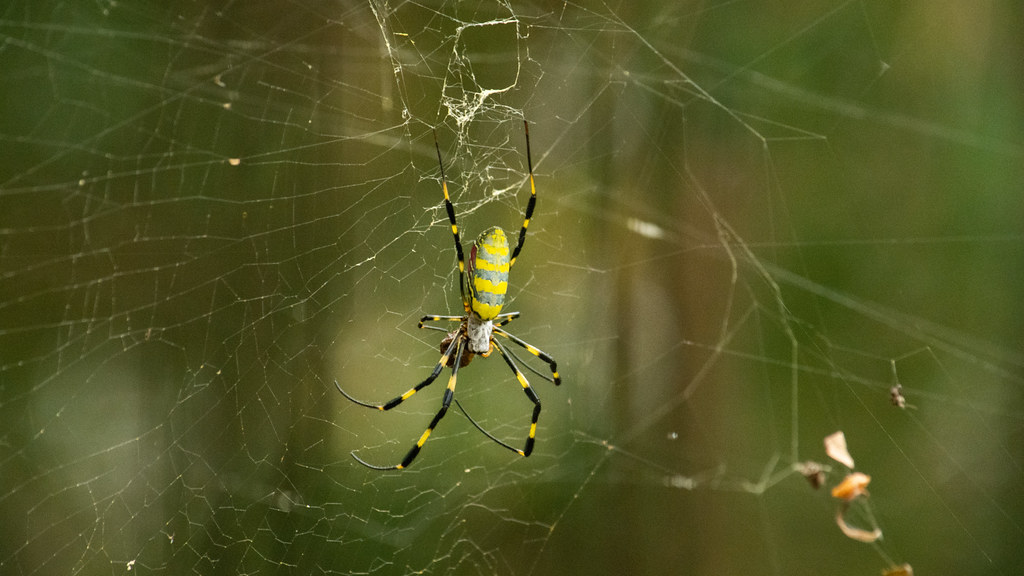
Despite their intimidating size and exotic appearance, Joro spiders pose virtually no threat to humans or pets. Their fangs are too small to penetrate human skin effectively, and their venom is designed specifically for subduing small insects, not larger animals. In the rare cases where bites have occurred, symptoms are typically no worse than a mosquito bite—perhaps some mild redness or itching that subsides within hours.
These spiders are actually quite timid and will typically flee when approached by humans. Unlike aggressive species that might defend their territory, Joros prefer to drop from their webs on silk lines and hide until the perceived threat passes. Their primary defense mechanism is simply being too high up in their webs to easily encounter humans, as they prefer to build their structures 6 to 10 feet off the ground.
Native Species Impact: Friend or Foe to Local Ecosystems
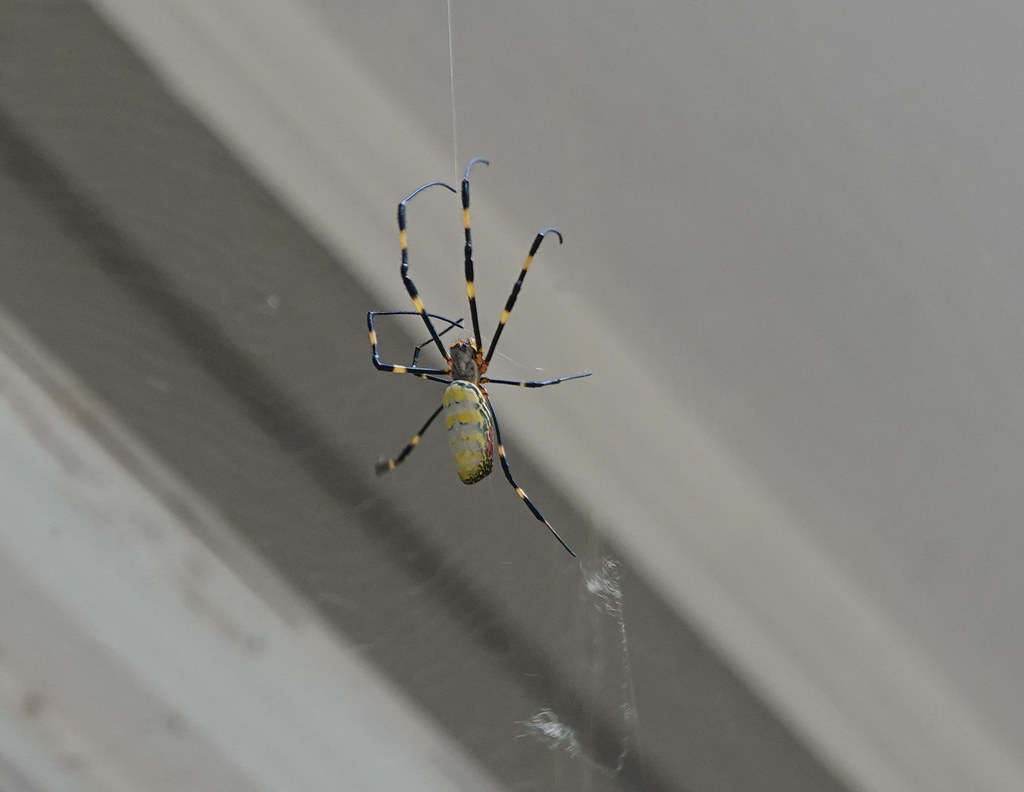
The ecological impact of Joro spiders on native species presents a complex picture that challenges traditional assumptions about invasive species. While they do compete with native orb weavers for web-building sites and prey, their hunting methods and preferred habitats often complement rather than directly compete with local spider species. Many native spiders hunt at ground level or in dense vegetation, while Joros prefer open spaces with tall anchor points.
Research indicates that Joro spiders may actually be providing ecological services that benefit native species. By controlling populations of invasive insects, they may be reducing competition for native predators. Some bird species have already learned to exploit Joro webs as convenient feeding stations, picking off trapped insects without harming the spiders themselves. This suggests that local ecosystems are beginning to adapt and incorporate these new residents into existing food webs.
Climate Champions: How Cold Tolerance Sets Joros Apart
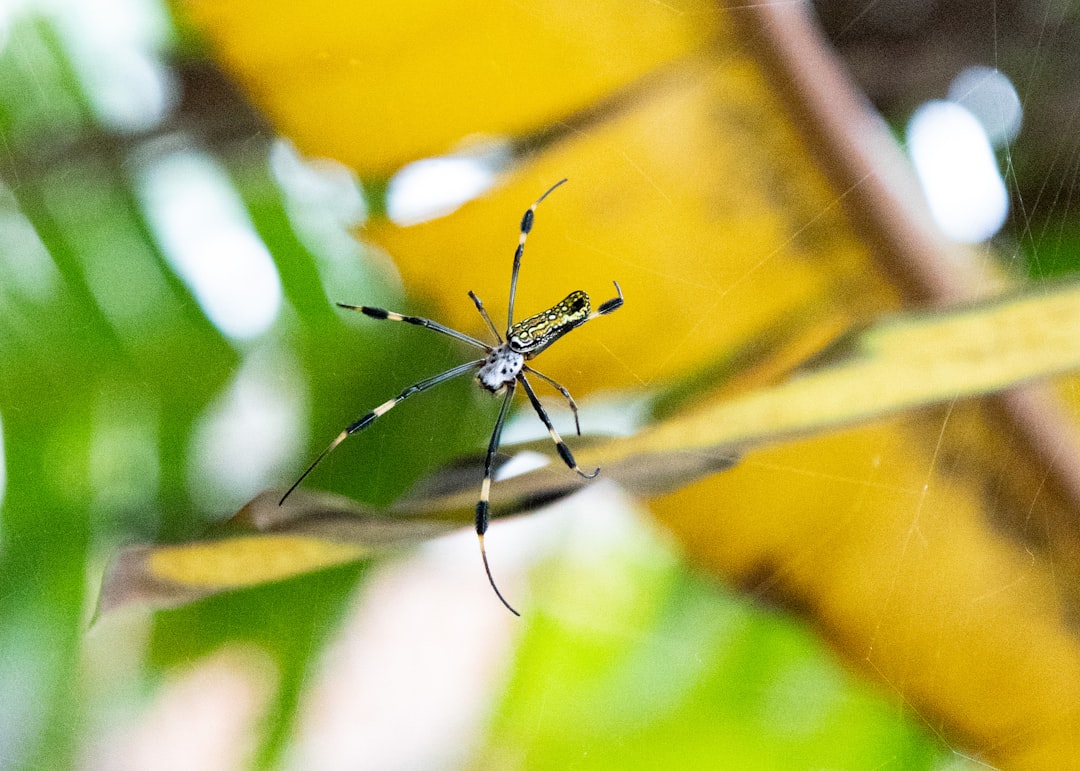
One of the most remarkable characteristics of Joro spiders is their exceptional cold tolerance compared to other tropical and subtropical spider species. While most spiders from similar climates cannot survive freezing temperatures, Joros have demonstrated the ability to remain active in temperatures as low as 25°F (-4°C). This cold hardiness is what enables their continued northward expansion.
Scientists studying their physiology have discovered that Joro spiders can essentially enter a state of reduced activity during cold snaps, slowing their metabolism while maintaining basic life functions. This adaptation likely evolved in their native Asian habitats, where they experience significant seasonal temperature variations. Their ability to survive occasional snow and ice storms gives them a significant advantage over other introduced spider species that might be limited to warmer southern climates.
Economic Benefits: The Hidden Value of Natural Pest Control
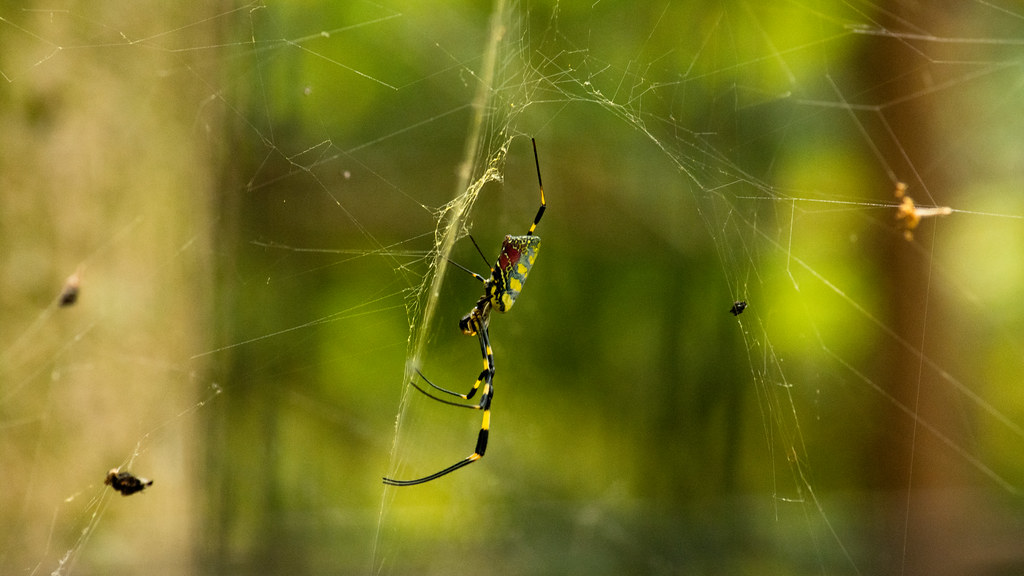
The economic value provided by Joro spiders through natural pest control services is beginning to gain recognition among agricultural researchers and extension agents. Preliminary studies suggest that areas with established Joro populations show measurable reductions in crop damage from flying pests. A single large female Joro spider can eliminate thousands of agricultural pests over the course of a growing season.
For homeowners, the benefits are equally tangible. Properties with Joro populations often report fewer issues with mosquitoes around outdoor living spaces, reduced fly problems near garbage areas, and fewer agricultural pests damaging garden plants. When compared to the cost of commercial pest control services or the environmental impact of pesticide applications, the free services provided by these spiders represent significant economic and ecological value.
Coexistence Strategies: Living Harmoniously with New Neighbors
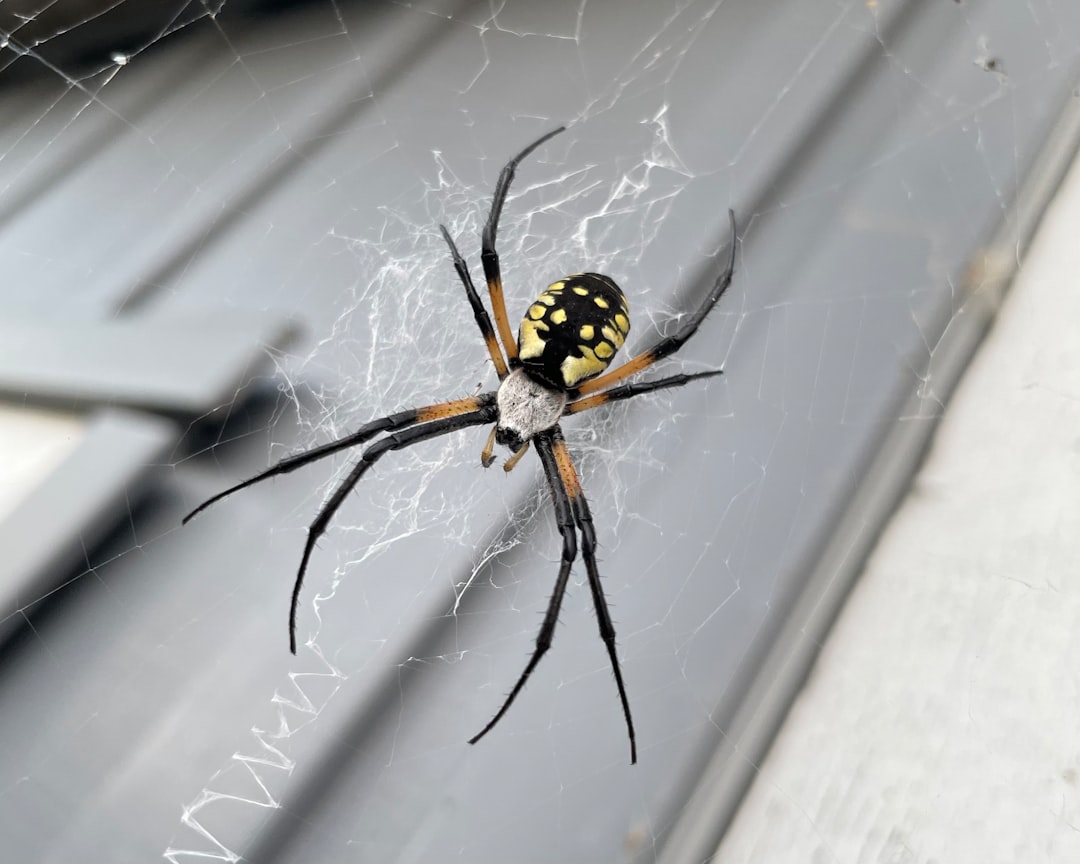
Learning to coexist with Joro spiders requires a shift in perspective from fear to appreciation. These spiders are not aggressive and will generally avoid human contact whenever possible. Simple strategies can help homeowners enjoy the benefits of natural pest control while minimizing any inconvenience from large webs in high-traffic areas.
If webs appear in inconvenient locations, they can be gently relocated by carefully moving the spider to a nearby suitable anchor point—Joros will often rebuild their webs within 24 hours. Leaving outdoor lights on can actually increase the effectiveness of nearby Joro webs by attracting more insects for the spiders to catch. Many homeowners are discovering that embracing these natural pest controllers leads to more enjoyable outdoor experiences with fewer biting insects.
Scientific Research: What We’re Still Learning

The rapid establishment of Joro spider populations has created an unprecedented opportunity for scientists to study biological invasions in real-time. Researchers are tracking everything from genetic diversity in different populations to the spiders’ effects on local food webs. Long-term studies are examining how native species adapt to the presence of Joros and whether the spiders themselves are evolving in response to their new environment.
Current research projects include studies on web construction behavior in different climates, prey selection preferences compared to native species, and the potential for Joro spiders to serve as biological control agents for specific pest species. Some universities are even exploring the potential applications of Joro silk proteins for biomaterials research, given the unique properties of their golden silk.
Dispelling Common Fears and Misconceptions
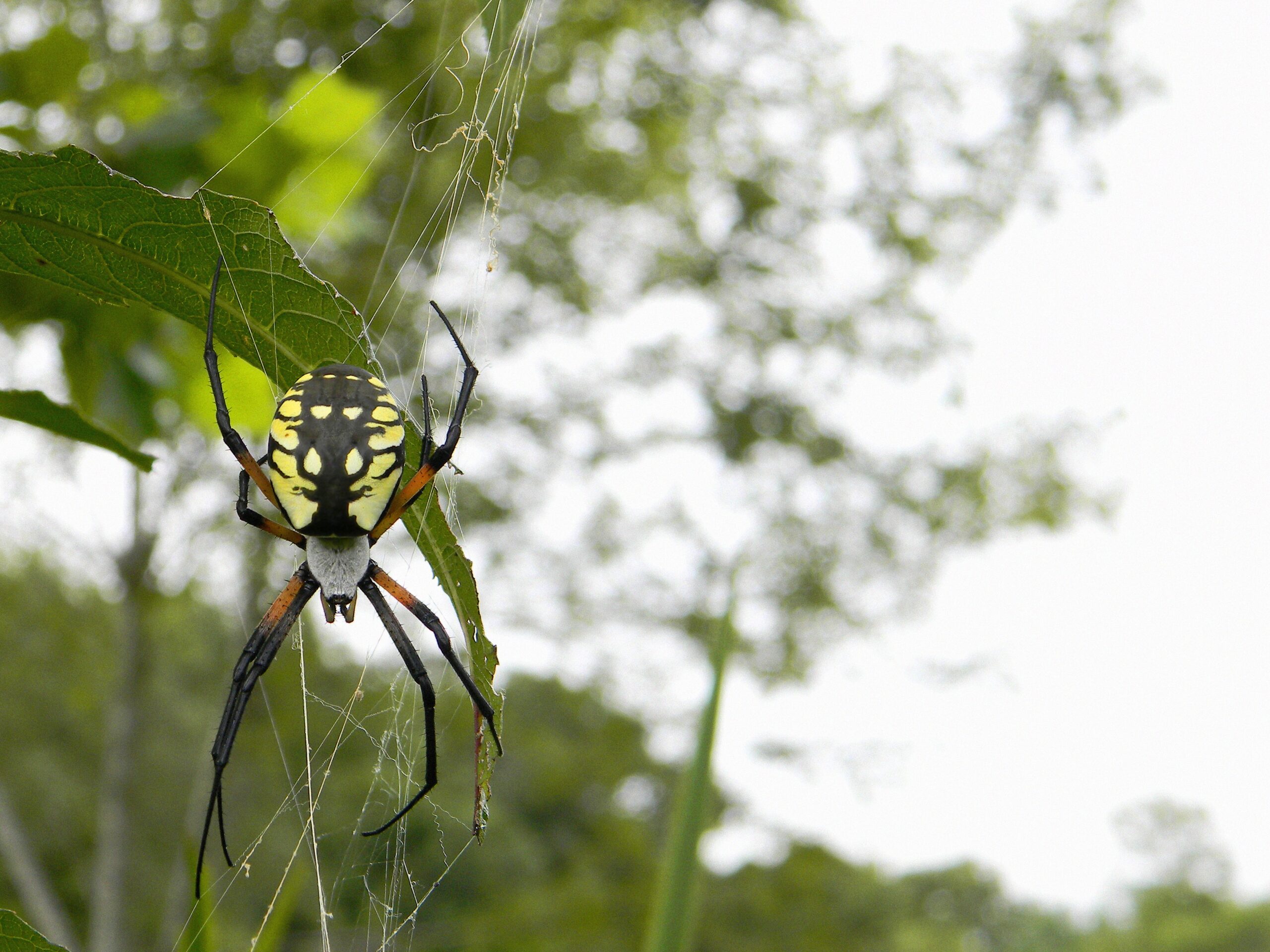
Many of the fears surrounding Joro spiders stem from their large size and unfamiliar appearance rather than any actual danger they pose. Social media has unfortunately amplified some misconceptions, with dramatic photos making these spiders appear more threatening than they actually are. The reality is that Joros are among the most docile large spiders you might encounter.
Common myths include claims that they’re aggressive, that they hunt in packs, or that they pose a threat to pets or small children. None of these claims have any scientific basis. Joro spiders are solitary creatures that spend most of their time motionless in their webs, waiting for prey to become entangled. They cannot jump or chase prey, and they have no interest in anything too large to be considered food—which includes all mammals.
Future Predictions: Where Will They Go Next
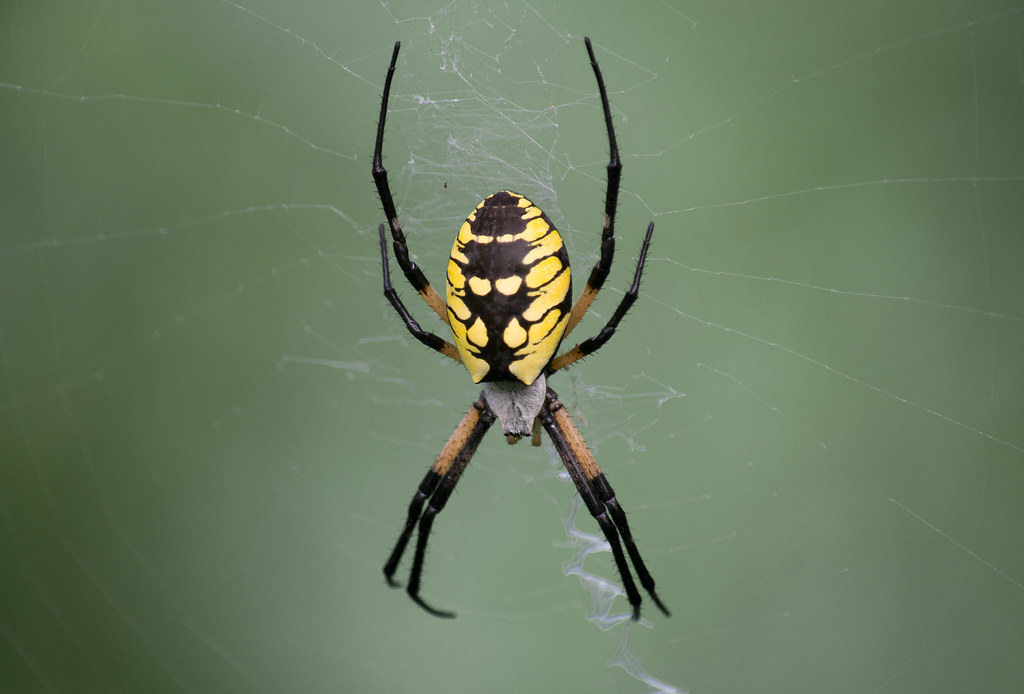
Climate modeling suggests that Joro spiders will continue their expansion across much of the eastern United States over the next decade. Their cold tolerance opens up possibilities for establishment in regions previously thought unsuitable for spiders of tropical origin. Scientists predict that they may eventually reach the Pacific Northwest, parts of the Midwest, and possibly even southern Canada.
The spiders’ expansion rate may slow as they encounter less suitable habitats or reach the limits of their temperature tolerance, but their adaptability suggests they’ll continue finding new niches. Urban environments may actually facilitate their continued spread, as cities often provide ideal combinations of vertical structures for web building and concentrated insect populations for food. The question isn’t whether Joro spiders will continue spreading, but how quickly they’ll establish themselves in new regions.
Conclusion
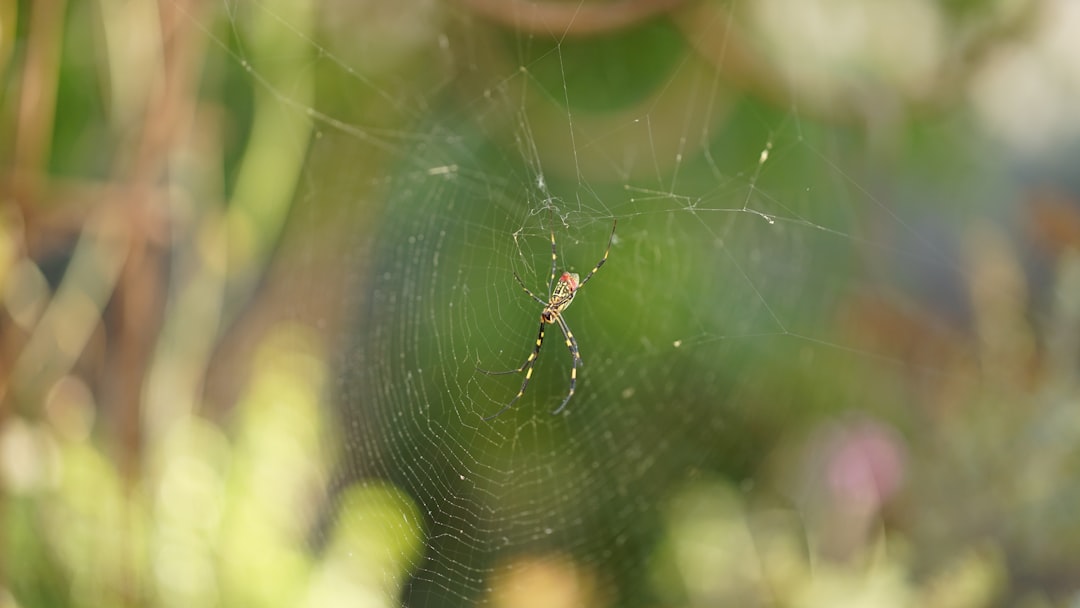
The Joro spider’s remarkable journey from East Asian forests to American backyards represents one of the most successful biological invasions in recent memory, but also one of the most beneficial. These golden web-weavers are providing valuable ecosystem services while posing minimal risk to humans or existing wildlife. Rather than viewing them as unwelcome invaders, we might consider them unexpected allies in our ongoing battle against pest insects.
As climate change and global trade continue to facilitate species movements across traditional barriers, the Joro spider story offers valuable lessons about adaptation, coexistence, and the complexity of ecological relationships. Their success challenges us to reconsider our assumptions about invasive species and recognize that nature’s solutions are often more elegant and effective than our own interventions.
The next time you encounter one of these magnificent spiders suspended in its golden web, take a moment to appreciate the incredible journey that brought it to your doorstep and the valuable work it’s doing on your behalf. What other assumptions about the natural world might need reconsidering as our planet continues to change?

